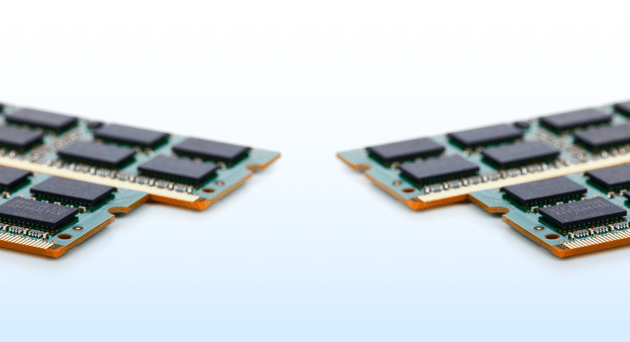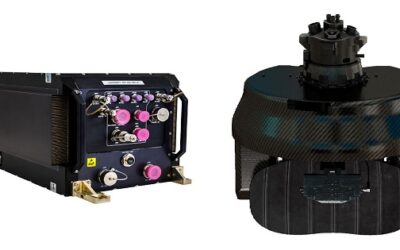Key to Opportunity Exploitation Lies in Better Understanding
Tantalising technologies that could benefit space systems with higher performance and lower costs have been developed for use in other domains, but accelerating their injection into advanced space systems requires a deep understanding of the risks, as well as the potential rewards. This was the thrust of the 20 April keynote presentation at the 24thAnnual Components for Military & Space Electronics (CMSE) Virtual Conference given by Brian Hardt, General Manager of The Aerospace Corporation’s Electronics and Sensors Division.
These alternate grade (AG) electronics are available as piece parts, component subsystems and assemblies developed for use in domains including the aviation, automotive, commercial, industrial and terrestrial military sectors; the key to exploiting them successfully lies in what Hardt called ‘informed risk.’
The pressure to use AG electronics comes from major changes affecting the military and commercial use of space. Historically, space systems have been developed in a culture of low volume, high cost and long service lives that demanded high-reliability access to space that was both restricted and expensive, but only really contested by two superpowers. Today, launch costs are down, launch rates up and lighter, lower-cost systems such as small sats and cubesats launched in large constellations, compete aggressively with the older approach, while many new players vigorously contest the use of space, putting rapid technology insertion at a premium. “Flying out of date hardware is not acceptable anymore, so there’s a need for low-cost, high-volume electronics,” commented Hardt.
Key to implementing the new paradigm will be understanding AG well enough to avoid infant mortality. Their susceptibility to radiation might cause single event failures such as flipped digits in a processor due to energetic particle impact, for example, and how their service lives are affected by thermal, vacuum and radiation exposure. Hardt observed that industry and government must seek leverage from this – and all the other available information on AG electronics – compare standards and guidance across industries and draw on the pool of experience in testing and fielding them to date.
Applied to this, data mining techniques will help with understanding ‘first to nth order’ effects, while new automated test approaches, including in-process monitoring and testing and artificial intelligence to assess them, will minimise the need for costly back-end testing. Ultimately, knowledge of AG electronics so derived will enable systems designers to mitigate known risks at higher levels of integration, Hardt concluded.
Peter Donaldson reporting for MON from CMSE

























